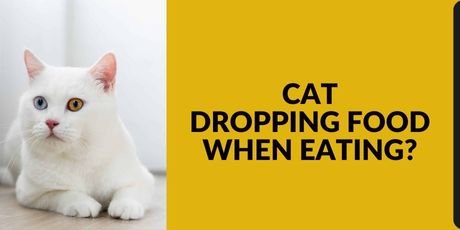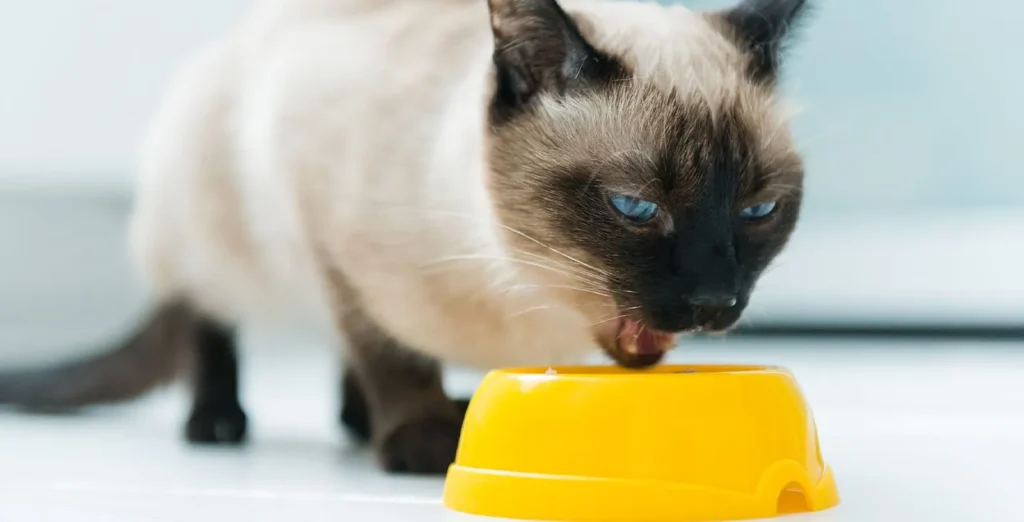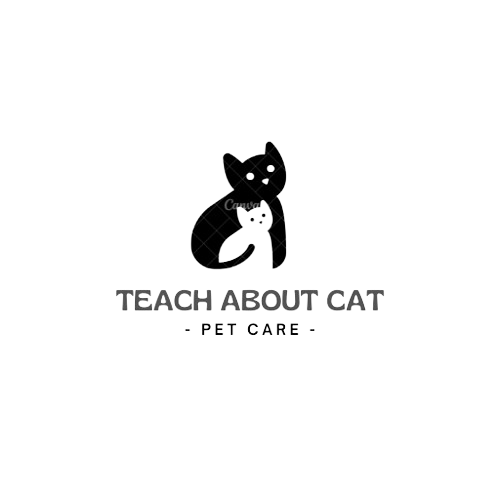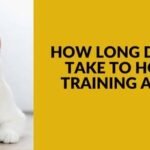As a seasoned cat owner, I’ve often found mealtime to be a cherished moment of bonding with my feline companion. However, the tranquility of these occasions can quickly be disrupted when cat inexplicably begins dropping their food while eating. It’s a scenario many cat owners can relate to a seemingly innocuous behavior that, upon closer inspection, reveals itself to be a subtle sign of a potentially deeper issue. In this article, we’ll delve into the perplexing phenomenon of cat dropping food and unravel the myriad of reasons behind this perplexing behavior.
If you’ve ever noticed your cat favoring one side of their mouth during mealtime, or perhaps observed the scattered remnants of their food, you’re not alone. This enigmatic behavior, while initially frustrating, serves as a window into the intricate world of feline behavior. So why do cats engage in this seemingly haphazard act of food dropping? Let’s explore the possible explanations and consider what actions cat owners can do to address this peculiar habit.
6 Reasons for Cats Dropping Food When Eating
When it comes to cats dropping food when eating, there are 6 reasons your cat might be doing this, and understanding these possible causes can help address the issue.
-
Gingivitis or Stomatitis
One often overlooked reason for cats dropping food when eating is Gingivitis, a form of gum disease. Just like in people, where gingivitis is a mild but troubling condition causing the gum line to become sore and sometimes bleed during brushing, it affects cats similarly. In cats, Gingivitis occurs when plaque builds up on their teeth and hardens into tartar, leading to surprising discomfort. This makes their gum inflamed and sensitive, causing them to drop food while eating. If your cat is showing such behavior, a check-up for gingivitis might be a wise step.
A significant cause of cats dropping food when eating can be attributed to a type of Gingivitis, where the gums become inflamed often for no obvious reason. This condition may arise when the cat’s immune system starts overreacting to the normal bacteria in the mouth, leading to severe inflammation.
Stomatitis in cats, often linked to gingivitis, is a key reason why your cat may be dropping food. This condition is characterized by redness and ulceration that extend beyond the gum line to the tongue, inner cheeks, and other parts of the mouth.
Also Read: Medical Grooming for Cats
-
Dental Disease
Another significant reason behind cats dropping food when eating is dental disease, of which Gingivitis is a common type. This condition involves gum inflammation often caused by tartar buildup on the tooth
Dental Disease in cats often involves inflamed gums that recede, exposing the tooth root, periodontal ligament, and the bone that holds the tooth. This can lead to the deterioration or disintegration of these structures, resulting in an unstable tooth.
Dental Disease in cats can lead to diseased teeth that might fall out. It’s not always apparent, but the disease process can cause your cat considerable pain.
- Drop their drop food while eating
- Favour one side of their mouth, or
- Go off their food altogether
In cases of Dental Disease, you might notice a bad smell or dribble from your cat’s mouth, which can be a sign of oral health issues leading to them dropping food while eating.
-
Feline Odontoclastic Resorptive Lesions
During my years as a veterinary nurse, I’ve seen numerous cases where a cat exhibits signs of pain while eating, often leading to them dropping food. This peculiar behavior can frequently be traced back to a condition where the enamel on their teeth gradually disappears. This erosion process alarmingly exposes the sensitive pulp, a situation commonly seen in Feline Odontoclastic Resorptive Lesions, or FORLs.
FORLs are insidious yet common dental issues in cats. They create craters or lesions in the cat’s teeth, often starting at the delicate junction where the gum meets the tooth. Initially invisible to the naked eye, these lesions eventually erode the outer hard enamel, exposing the sensitive underlying structures. The pain this causes can be quite significant, leading to signs like dropping food while eating, which is often a cat’s way of signaling discomfort.
- Dribbling
- Pawing at the mouth
- Dropping food while eating or
- Eating less and losing weight
-
Trauma
From my experience as a pet caretaker, I’ve often observed that injuries inside the mouth can lead a cat to drop food while eating. Such injuries might not be immediately apparent, but they can cause significant painful discomfort. For instance, a minor wound on the tongue or the inner cheek can make the simple act of eating an ordeal for our feline companions.
It’s important to be vigilant and look for subtle signs. A cat suffering from an oral injury might dribble food, lick its lips excessively, or be reluctant to groom. These behaviors are often misinterpreted as finicky eating habits. However, they could be indicative of a deeper issue. If you notice any unusual behavior or blood in your feline friend’s mouth, it’s imperative to consult a veterinarian. Early detection and treatment of these injuries can prevent further complications and ensure your cat’s well-being.
-
Tumours
Cats with mouth tumours may struggle to eat, often dropping and dribbling food, and might lose their appetite and weight. If you notice any lumps or bumps in your cat’s mouth, accompanied by bleeding or a foul smell, it’s crucial to see a veterinarian promptly.
-
Ulceration
- Cats may develop mouth ulcers due to the ingestion of caustic or irritant substances, causing discomfort and difficulty in eating.
- Kidney disease can lead to mouth ulcers as kidneys fail to filter toxic waste like Urea, which then builds up in the bloodstream.
- In advanced cases, Urea damages the small blood vessels at the edge of the tongue, leading to uraemic ulcers indicative of kidney failure; affected cats may drink more, lose weight, have strong-smelling breath, and appear nauseous or vomit.

What Should I Do if My Cat Drops Food While Eating?
If you change your observation angle and notice a cat’s behaviour that involves dropping food while eating, it’s vital to have them checked by a vet.
If your cat has;
- Stopped eating and drinking or,
- Are bleeding, you should make urgent contact with the vet for advice
If your cat seems stable, managing to eat and drink adequately, it’s reasonable to wait until the next working day to consult a vet. However, if you’re tolerant enough to take a closer look in your cat’s mouth for a wound or foreign material as an obvious cause, proceed cautiously.
It’s also helpful to note any other symptoms or changes such as increased thirst, altered appetite, dribbling, or signs of pain. When you visit the vet, they can thoroughly examine your feline friend to determine the likely cause and discuss treatment options. The good news is that many causes for cats dropping food are treatable with timely intervention.
Also Read: Cat Eats Other Cats Food
Other Underlying Health Issues
When cats exhibit strange eating habits, such as dropping food, it could indicate an underlying health issue. Conditions that deter them from eating can range from common health issues like dental disease or arthritis to more severe ones such as kidney disease, pancreatitis, or cancer. A loss of appetite or change in eating patterns isn’t just a quirky behavior; it’s a red flag. It’s essential to consult a veterinarian if you notice your cat isn’t eating normally. Early diagnosis and treatment can significantly improve outcomes for health issues that might be influencing their eating behavior.
Why Is My Cat Dropping Food When Eating?
For many cat owners, mealtime is a cherished bonding experience with their feline companion. However, it can become frustrating when your cat starts dropping food while eating, creating a mess and raising concerns. This behavior isn’t just a nuisance; it’s often a sign of an underlying issue. In this article, we explore various possible reasons behind this behavior. Understanding the root cause is crucial to address the problem effectively and ensure your cat’s health and happiness during mealtime.

How to Observe Your Cat’s Eating Habits?
As a cat owner, if you’ve noticed your feline friend has developed a habit of dropping food while eating, understanding this behavior is crucial. While it can be frustrating, it might be a sign of an underlying issue. To effectively determine the cause, it’s important to closely observe your cat’s eating habits. Here are some tips to monitor your cat’s mealtime: watch for changes in eating speed, check if they’re chewing properly, and notice any signs of discomfort. Paying attention to these details can provide valuable insights into their health and well-being.
-
Monitoring Your Cat’s Mealtime
Watch your cat as they eat, and take note of any changes in their eating patterns. Whether they eat quickly or slowly, and if they take breaks between bites. These observations can reveal if they struggle with certain types of food.
By closely observing your cat’s mealtime, you gain a better understanding of their eating habits. This allows you to identify potential issues, such as eating quickly or not chewing their food properly, which may likely result in them dropping food.
-
Noting Food Preferences
Taking note of your cat’s food preferences, including the type of food, its texture, and the time of day they prefer to eat, provides essential information to determine if food dropping is related to their diet. For instance, if your cat prefers wet food but you are feeding them dry food, they might be dropping food because they don’t like the texture or are not used to eating it. Also, if there’s been a change in their feeding schedule, this could cause confusion. Observing your cat’s eating habits gives valuable insight into their health and well-being. Paying attention to these behaviors and preferences helps ensure proper nutrition and identify any potential issues early on. Adjustments to their diet and feeding schedule may reduce the likelihood of food dropping.
Also Read: Why is My Cats Stomach Bloated and Hard?
Tips for Preventing Food Dropping
As a cat owner, dealing with food dropping can be a common problem that’s not only frustrating but also creates a mess and raises concerns about proper nutrition for your cat. To prevent this and make mealtime an enjoyable experience for your feline friend, consider the following tips.
-
Adjusting Food Texture and Size
If your cat is dropping food, it may be due to texture sensitivity. Adjusting the texture and size of the food can make a significant difference. For example, if your cat prefers moist food, consider adding water to dry food to make it more palatable. Alternatively, if they are struggling to eat larger kibble, a switch to a smaller size might make it easier for them to chew and swallow. This simple change can help reduce food dropping and ensure your cat gets the nutrition they need without the mess.
-
Creating a Calm Eating Environment
Cats are often sensitive to their environment, and a calm eating environment can help prevent food dropping. Providing a quiet and peaceful space for them to eat, away from distractions and loud noises, helps them feel more relaxed and comfortable. Consider placing your cat’s food bowl in a location that feels safe and secure, like a quiet corner or on a raised surface. This can greatly reduce stress during meal times and encourage your cat to eat without dropping food.
-
Regular Dental Checkups
Regular dental checkups with a veterinarian are crucial to prevent dental issues and oral pain, which can lead to food dropping. It’s recommended to have your cat’s teeth examined at least once a year. Regular dental care not only helps in preventing food dropping but also significantly improves your cat’s overall health and quality of life. By implementing these tips and tricks, you can make mealtime a more enjoyable experience for both you and your furry friend.
Conclusion
When your beloved feline companion starts dropping food during mealtime, it’s not just a messy inconvenience but a potential indicator of underlying health issues. Understanding the reasons behind this behavior, from dental diseases to systemic conditions like kidney disease or cancer, is crucial for addressing the problem effectively. By closely observing your cat’s eating habits, noting food preferences, and making necessary adjustments, you can help prevent food dropping and ensure their health and happiness during meals. Creating a calm eating environment and scheduling regular dental checkups are also essential steps toward maintaining your cat’s well-being. With proactive care and attention, you can make mealtime a pleasant and worry-free experience for both you and your furry friend.
People Are Also Interested In:
Why Can’t My Cat Keep Food in His Mouth?
Cat owners often wonder about the perplexing issue of their feline companions struggling to keep food in their mouths. This behavior, known as dysphagia, can stem from various factors such as dental disease, tongue paralysis, or jaw paralysis, leading to swelling or wasting of the chewing muscles. These challenges can result in an inability to eat normally, manifesting in altered eating patterns like tilting the head or throwing it backward.
Also Read: How to Tell If Your Cat is Eating Enough?
What to Do When a Cat Stops Eating?
It’s a distressing situation for any cat owner when their beloved pet stops eating. Beyond 24 hours of food refusal, it’s crucial to take your cat to the veterinarian as serious health problems may develop. Cats can suffer adverse health effects if they go more than 2 to 3 days without eating, making prompt veterinary intervention imperative.
How Do You Control a Cat’s Hunger?
Controlling a cat’s hunger involves strategic meal planning to regulate their food intake. Dividing their daily portion of food into several small meals 3 to 5 throughout the day helps maintain a stable level of nutrients and energy in their blood. This approach ensures they remain less hungry between meals, promoting overall health and well-being.







